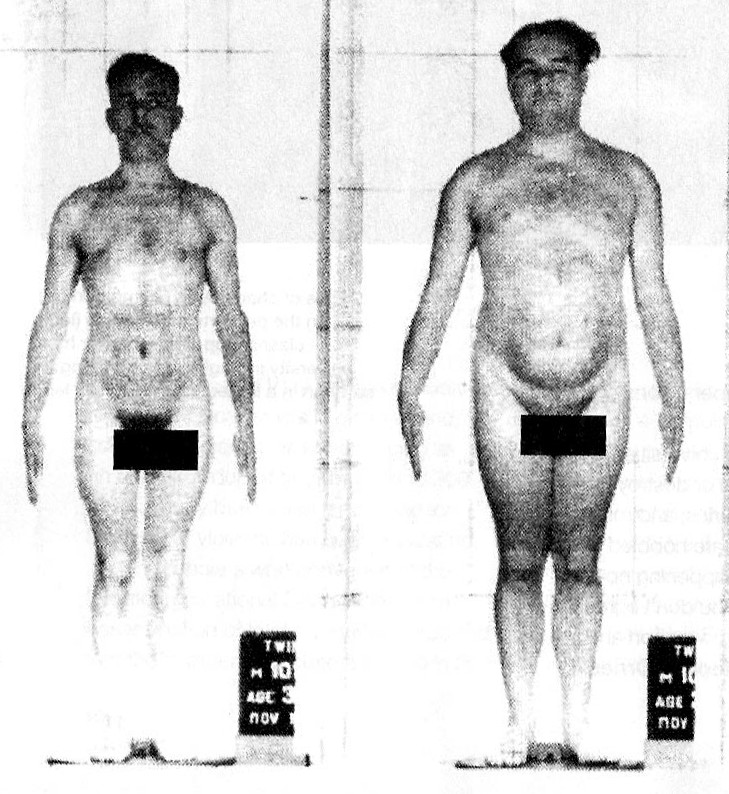Cloning is a Silly Issue
As with Prohibition and Abortion, the Stem Cells and Cloning issues are handy distractions from real issues of national import, like infrastructure, economy, and war. The War on Drugs is every bit as successful now as was Prohibition in the 1920's. Abortion is a medical procedure that blatantly favors the rights of the host over the cluster of human cells growing within. Although abortion is periodically effectively outlawed, its incidence is never significantly reduced. Oddly, to mention stem cells brings a knee-jerk retort of "Cloning!" from some quarters. Cloning is only a dangerous issue to those who don't actually know what it is. Let's suppose that the technology were developed to create a healthy baby genetically identical to an existing adult. It would be an expensive procedure, and necessarily take as long as a normal gestation. But mutations occur with every cell division, so the original cloned blastocyst would be subtly different than the donor's original blastocyst, however perfect the methodology. The clone would also be raised in a different family, so we are now slightly farther apart then identical twins raised apart. Much more significantly, the gestation would be in a different environment (womb, timing, nutrition) creating many significant physical developmental differences between donor and clone. I laugh when movie clones have all the same freckles, scars and other developmental marks as the donor. A perfect clone would resemble the donor much like a normal sibling raised separately. Why would anyone bother? Even with livestock. The genetic and health dangers of monoculture tree and vegetable farming are bad enough as a cautionary tale. Most people well enough educated to develop cloning know enough about the principles of evolution to know that duplication of a genome (however ideal it may be) in bulk is a Very Bad Idea. But cloning research is a different issue. The research has very high potential for serendipitous results. As with the accidental discoveries of antibiotics and Teflon, one can only find things by looking for something in the same area, but rarely for the thing itself. Some of the possibilities include: * Growing cloned organs in vitro or in a host. Crichton wrote Congo based on the idea of cloned organs raised in host animals. * Learning enough about gestation to create artificial wombs would be of enormous benefit to premies and other medical problems. * Knowing how to start and stop cell and organ development could well lead to regrowing limbs and teeth and other organs directly in the host. Some legislators are moving to block such research, in case it may lead to the possibility of someday making a clone. But why? Soul? Find me two theologians who completely agree on when and where a soul is created and when it enters a body. Now find me as many who agree as scientists who agree that the soul is a product of biological structure and heuristic experience, a quickly growing number.


